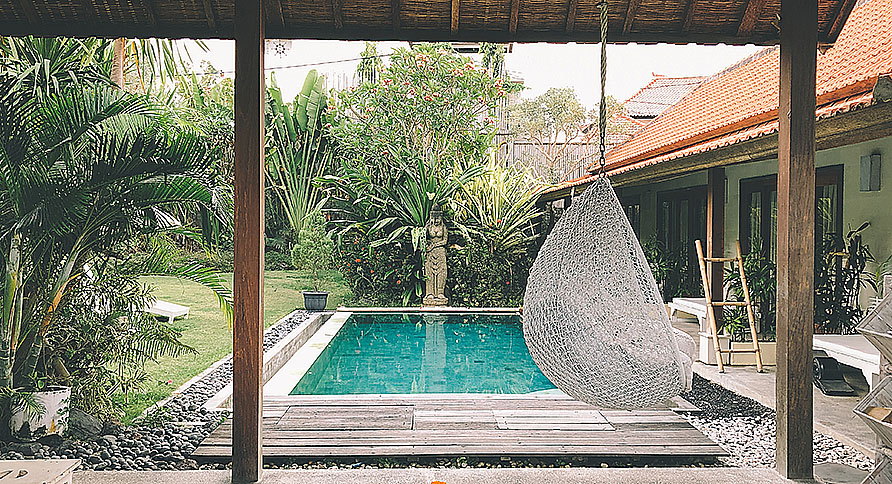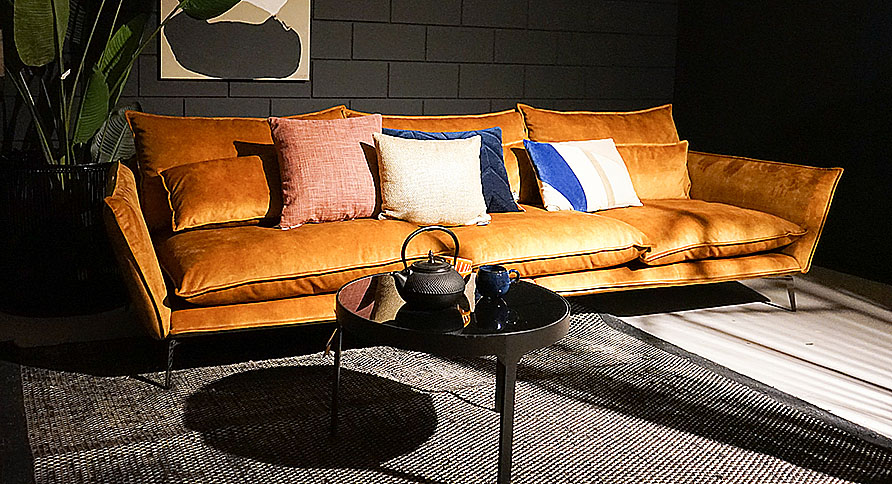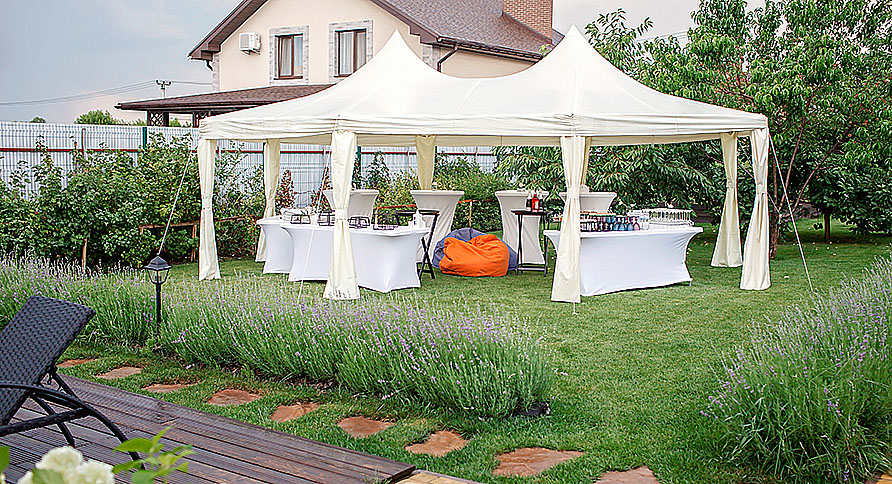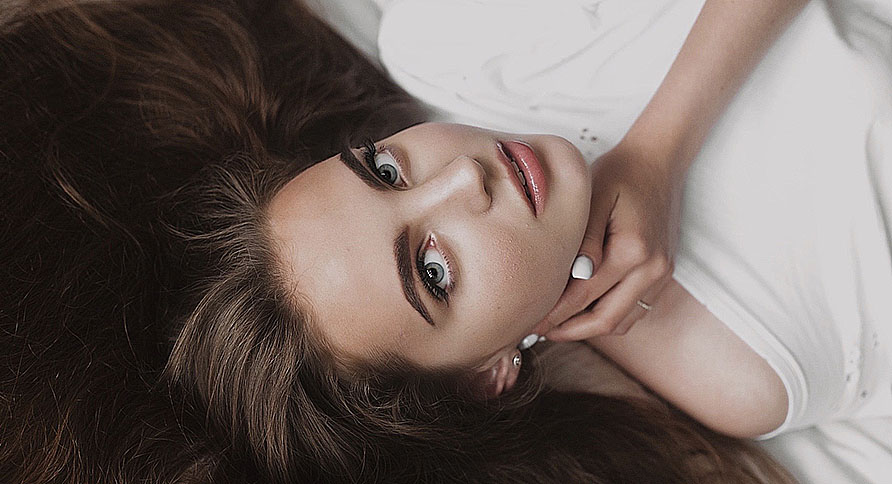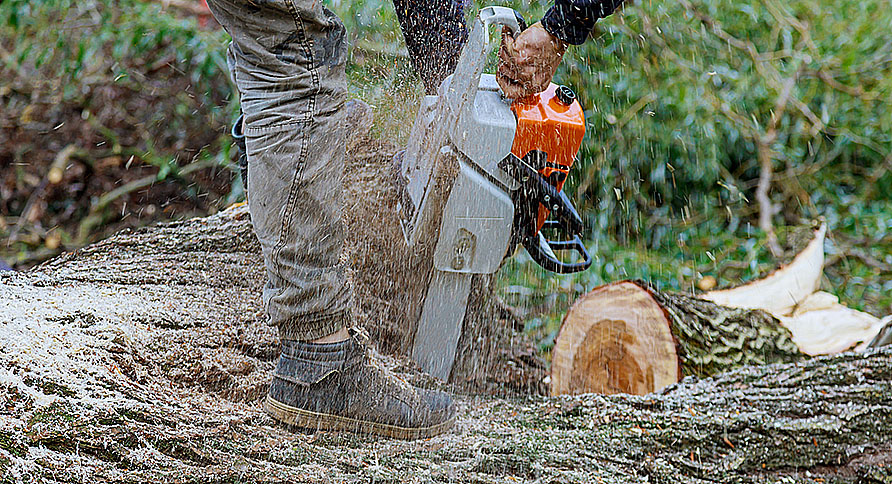Balayage is also called natural-looking highlights because no kinds of foils or patterns are used in this process. It’s considered an excellent way to get the sun-kissed look. If you have straight hair and are worried that hair color and highlights won’t look as good on you, think again. Balayage adds dimension to any type of hair and straight hair is no exception so don’t delay your appointment with a balayage salon.
However, if you want to take on the challenge and do it yourself, follow the steps in this guide.
Steps For Getting Balayage Hair On Straight Hair
Choosing The Color
The first thing is to choose the color you want to do. Although you can choose any color you want, there are some rules that you should follow to avoid colors that mismatch and ruin your hard work.
If you have brown color hair, you can go for balayage shades of ash or khaki. You should also look into caramels and honeys for making the color pop and adding the depth that balayage is known for.
However, if your brown hair is very dark, you should consider bleaching or lightening it before proceeding with lighter colors otherwise it may not appear as good. In case you have naturally light brown hair, other than caramel and honey, you should also try red, gold, or copper.
Women with light blonde hair would look amazing with cool beige or flaxen shades. However, if you have white blonde hair, you should avoid balayage and consider lowlights.
If you have warmer, yellower blonde hair, you should be looking for light gold or burnished yellow.
For red, straight hair, you can try other shades of red to make your locks interesting and beautiful. For instance, try cooler colors like strawberry if you have blue-red hair.
Get The Right Balayage Kit
For getting balayage hair, you should get a balayage or highlighting kit. These kits will make the process easier for you because it has all the essential items you need like a comb applicator, lightning formula, conditioner, plastic gloves, and also the much-needed instructions. Balayage kits are available at any beauty store. If you can’t find it at a beauty store, try a salon.
Additionally, if your hair is dark and you want to go for a way lighter shade, you would also need a bleaching kit for lightening the hair before applying the shade you want.
Apply The Hair Dye
Once you have bought the balayage kit, you’re in your home and ready to allocate time for balayage hair highlights Rockville, then prep the hair dye.
Follow the instruction on the balayage kit for preparing the dye. Hair coloring is infamous for spills so wear an old shirt and wrap a towel on your shoulders. Moreover, make use of the plastic gloves that are in the balayage kit as well. Plus, make sure your hair is clean and dry before starting the dyeing process.
Usually, you won’t need to lighten or bleach your hair for balayage because the dye formula in a balayage kit has ingredients that lighten hair without a need for bleaching. However, this is for mild lightening of hair. If you want a drastic change and want to lighten your hair, you will need a separate bleaching kit.
Patch Test First
Whichever hair coloring technique and shade you want to do, you should do a patch test first. So, select a thin strip of hair from the bottom part of your hair and apply a small amount of dye to it. Let it rest for the time shown on the package, rinse it, and see the results.
This will tell you the kind of shade your hair will get and you will also be sure that your hair responds well to the shade without any negative reactions.
Make Three Sections Of Your Hair
Sectioning is important in balayage so make sure you do it correctly. As you have straight hair, making sections may be easier. Take the tail end of a comb to move from one ear to the other hair through the hair to separate your hair into top, middle, and bottom sections.
You can make small buns of the above and middle sections of hair because you should start with the bottom section.
Apply The Dye
You should select the width of hair strips before dying. You can choose any width but if you want the best look don’t go over 1-inch-wide strips. So, the thinner the better.
Take the brush that comes with the kit or use your fingers to apply the dye. Dip the brush in the dye bowl and brush the hair strand that you’re holding with the other hand. When doing so, you should apply the dye heavily on the roots and go gentle when you reach the middle part.
When dyeing your hair for balayage, don’t forget that you should not dye your roots. The technique of going lighter with the brush strokes will give your hair the natural transition from one color to the other.
Furthermore, be cautious if you have short hair because many people with short hair cover more part of the hair strands with dye than they should.
Take a strand from the other side of your head and perform the same process as above. Keep doing this for all the strands. You can pick strands one inch apart from each other or any other length. The choice is yours.
When done with the bottom section, repeat the same steps with the other two sections one by one.
The reason we do the bottom section first is that hair at the bottom of the hair is usually darker so applying dye on them first will give them more time to process.
Rinse It After Leaving It For The Instructed Amount Of Time
Check the instructions on the kit again and leave the hair to process for the amount of time mentioned in the box. Normally, it’s 20-30 minutes.
Keep in mind when you give more time to the dye to process, your hair will be lighter. So, if you have dark hair and you want to lighter you should wait more, but if you like the dark shades of your hair, then rinse it out a bit quickly.
After this time, rinse the hair with the shampoo that comes in the kit. Moreover, you should also use a toning mask if it’s included in the kit. If not, get one separately and apply it after rinsing the hair with shampoo. There will be instructions about the toning mask on the box so leave it on the hair as instructed and then rinse it out as well.
Maintenance
You should repeat the same process whenever you notice that the effect is fading. However, will not need to do it frequently. It usually takes about 2-3 months before the color starts fading. Moreover, use a sulfate-free and color-correcting shampoo to keep your balayage shade fresh.
Conclusion
Balayage can add depth to your straight hair. You can try to do it yourself by following the steps mentioned above. Select the right color, focus on sectioning, apply the dye, and rinse. If you want a no-fuss balayage, then visit a balayage hair salon Rockville.

